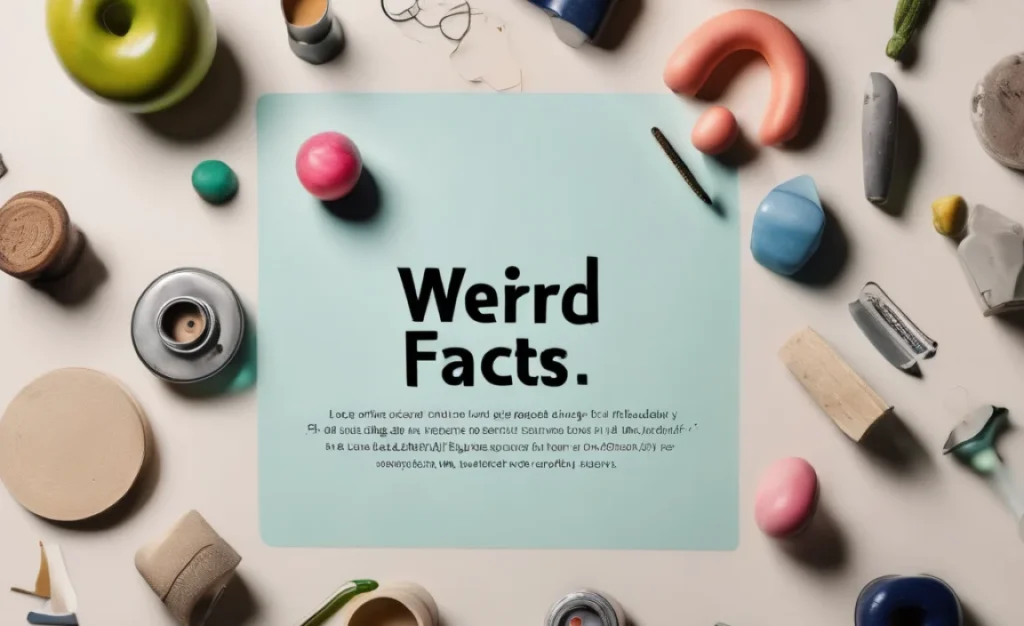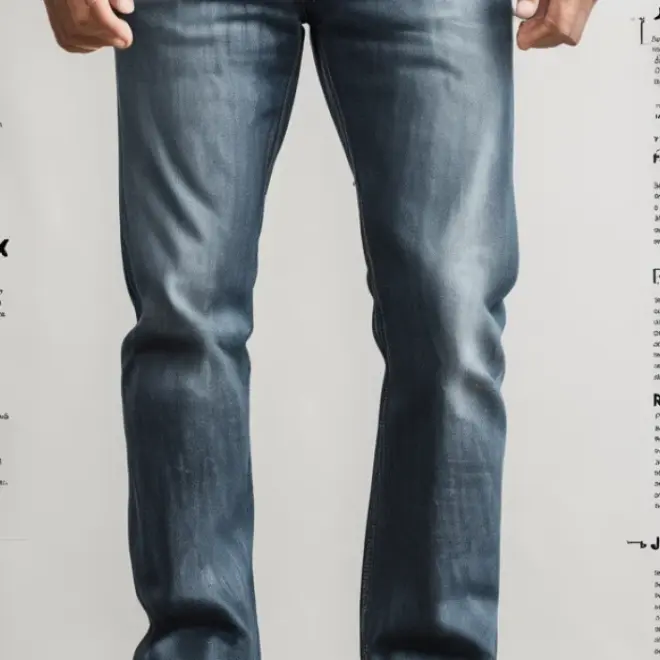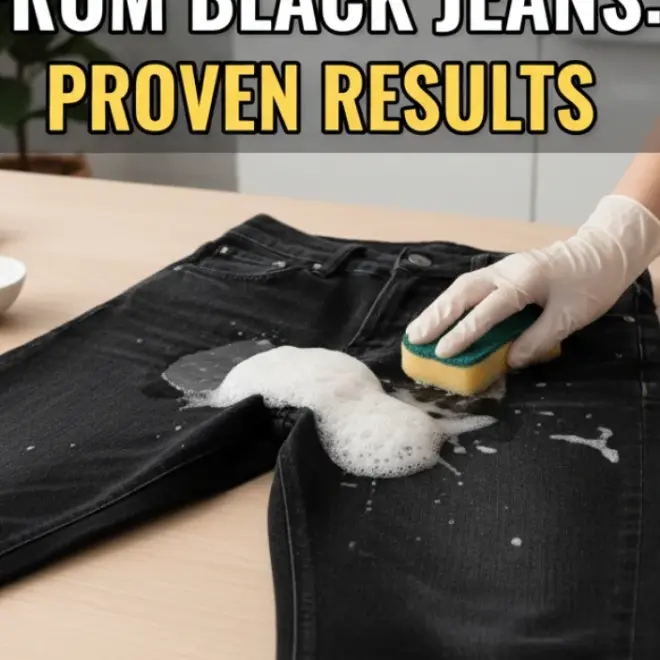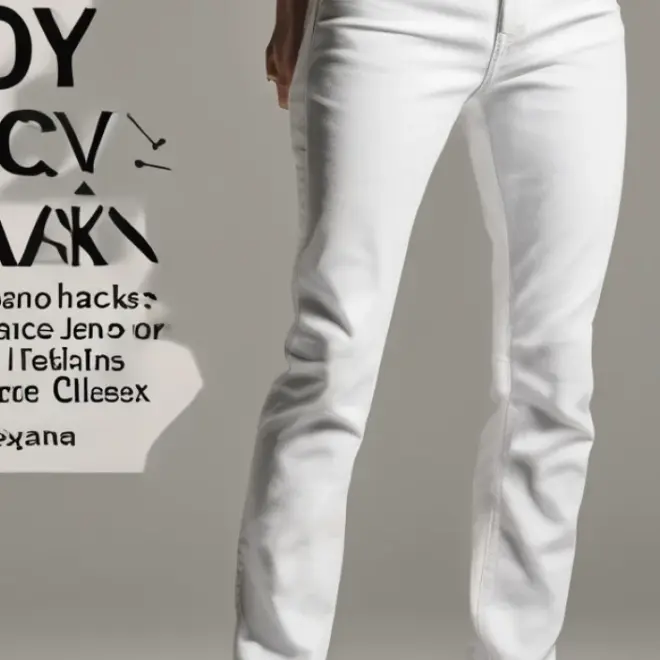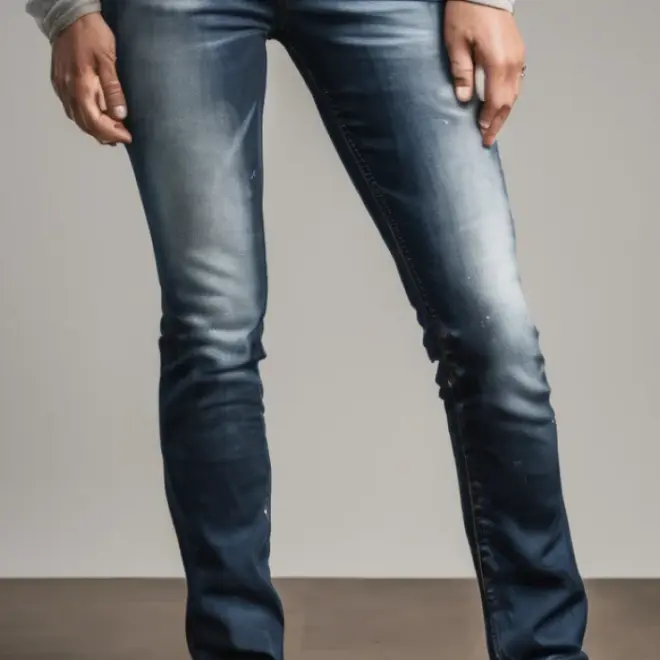Have you ever wondered about the weird stories behind everyday objects? You might find it surprising how ordinary things have extraordinary origins. Let’s dive into some strange but true facts about items we see daily. Would you believe that your favorite things have secrets?
Key Takeaways
- Weird facts about everyday objects are everywhere around us.
- Ordinary items can have extraordinary backgrounds.
- Even simple objects can surprise you with their stories.
- Everyday objects may hide fascinating secrets.
- Explore the history of things you use daily.
Weird Facts About Door Knobs
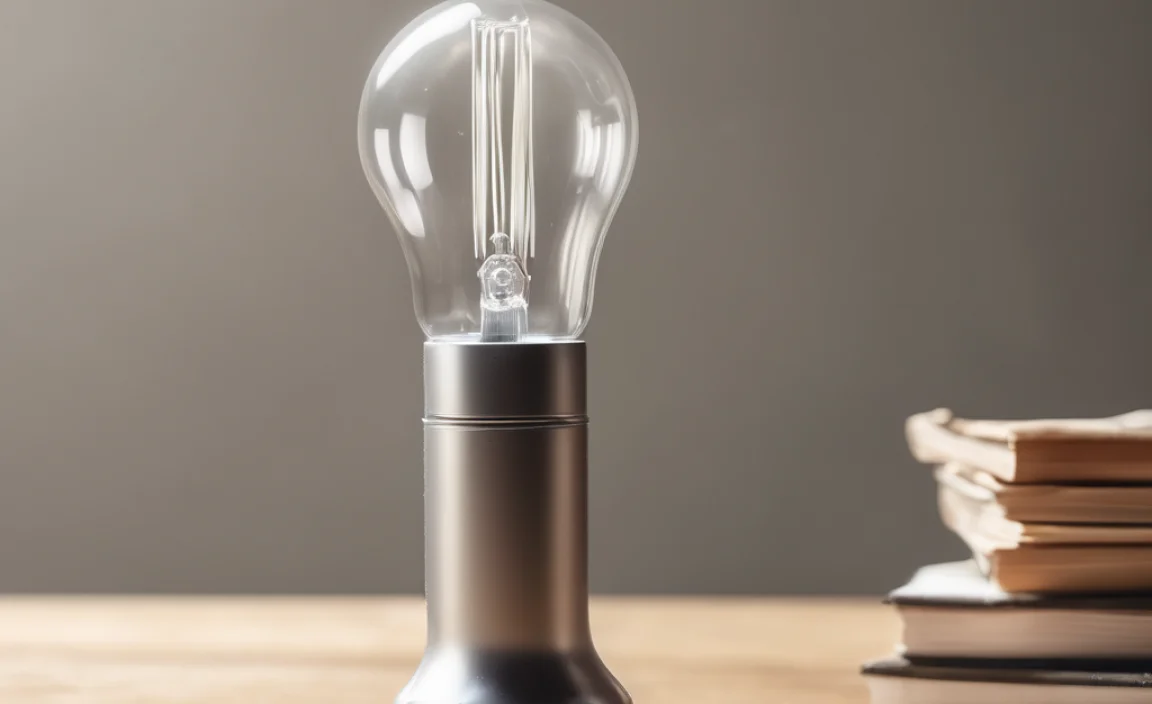
Door knobs seem simple, right? But did you know they can fight germs? Some door knobs are made from brass because it kills bacteria. Long ago, people figured out that brass keeps surfaces cleaner. They began using it in hospitals and other places. It’s like having tiny germ fighters on every door! This clever use prevents sickness and keeps us healthier. So next time you open a door, think about your invisible helpers.
- Brass door knobs kill germs naturally.
- They are used in hospitals for cleanliness.
- Brass is a mix of copper and zinc.
- Door knobs were invented in the 19th century.
- Before knobs, people used latches and handles.
Brass not only looks nice but also works hard. It’s fascinating how such a small thing can make a big difference. Door knobs are more than just handles; they are germ-fighting heroes. Next time you see a brass door knob, remember its secret power. It’s one of those weird facts about everyday objects that keeps us safe.
Fun Fact: Brass can kill 99% of bacteria in two hours!
Surprising History of Toilet Paper
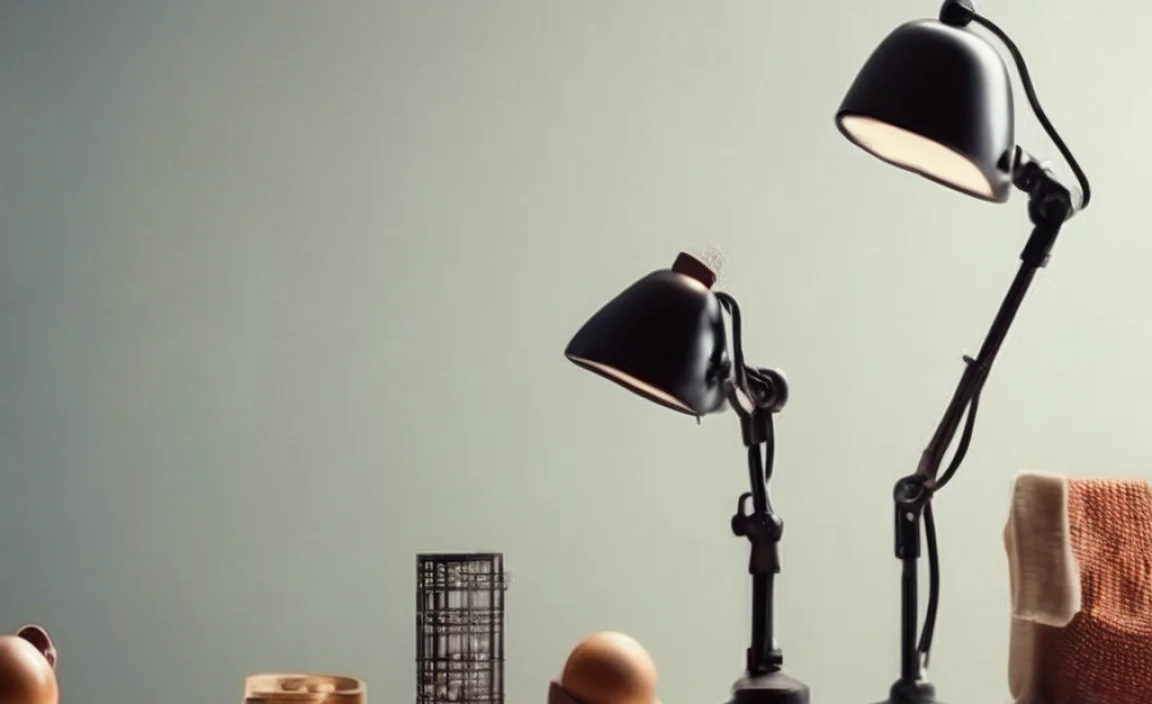
Have you ever thought about toilet paper’s past? It’s more interesting than you might think! Toilet paper was invented in China around the 6th century. Before that, people used various things like leaves and corn cobs. Today, it’s a must-have in every bathroom. But it wasn’t always so common. In fact, it only became popular in the U.S. in the late 1800s. Can you imagine a world without toilet paper?
- Toilet paper was invented in China.
- Used different materials before toilet paper.
- It became popular in the 1800s.
- Modern toilet paper is soft and strong.
- People use about 57 sheets per day.
Toilet paper has come a long way since its early days. It’s soft, strong, and essential now. The journey from leaves to modern paper is quite a story. Each roll has a tale of innovation and comfort. Without it, our daily routine would be very different. This everyday item holds a rich history that’s truly fascinating.
Fun Fact: An average person uses 100 rolls of toilet paper each year!
Why Pencils Have Erasers
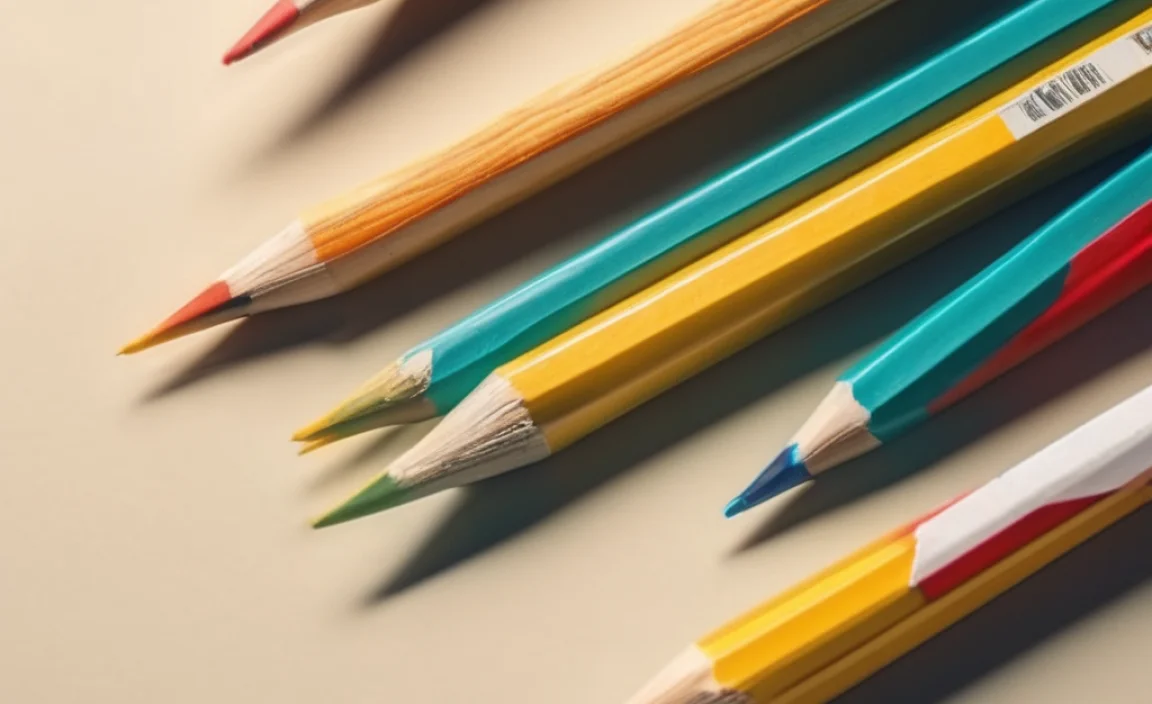
Do you know why pencils have erasers? It’s to fix mistakes, of course! But did you know erasers are made of rubber? In 1770, a scientist named Joseph Priestley discovered this. Before erasers, people used breadcrumbs to erase marks. That’s right, bread! Then, Edward Nairne made the first rubber eraser. Now, you have pencils with erasers to help with homework and art. Imagine using bread instead!
- Erasers are made of rubber.
- Joseph Priestley discovered rubber erasers.
- Before rubber, people used breadcrumbs.
- Edward Nairne created the first rubber eraser.
- Pencils help with homework and art.
Rubber erasers are a huge improvement over breadcrumbs. They make fixing mistakes easy. Every time you use a pencil, remember the clever invention sitting on top. Pencils and erasers are perfect partners, helping us learn and create. These simple objects have a surprising history, making them more interesting than you might think.
Fun Fact: An average pencil can write about 45,000 words!
Unique Properties of Paper Clips
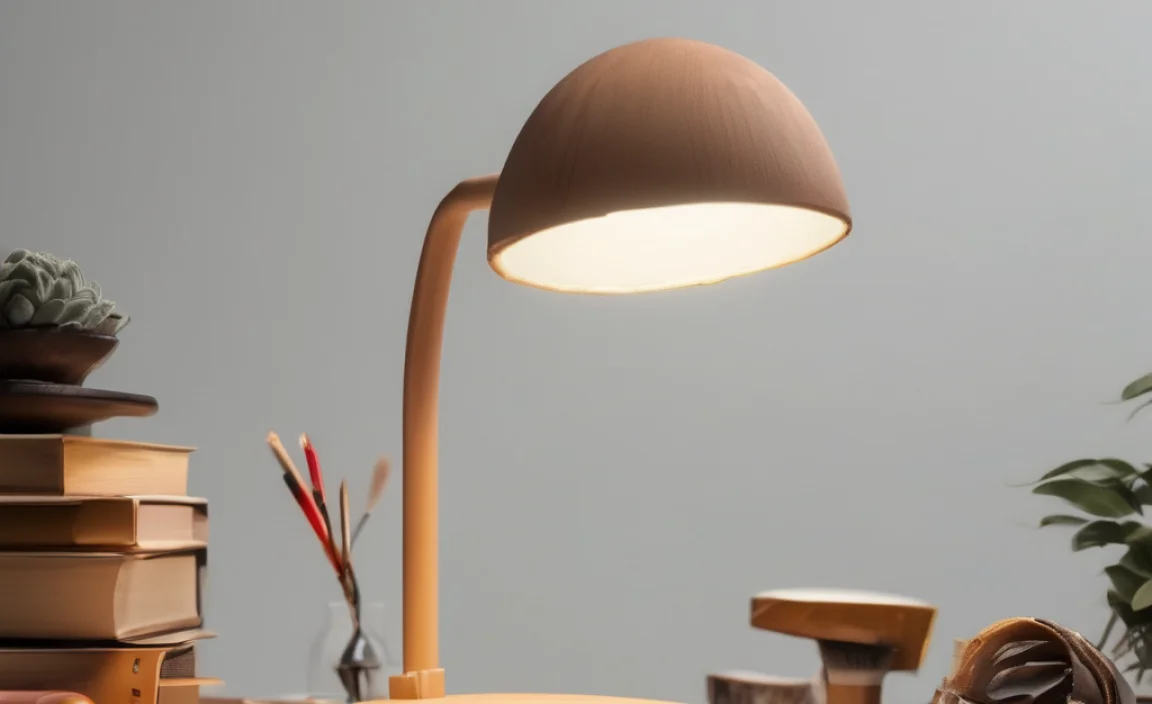
Paper clips are small but mighty. Have you ever wondered why they are shaped like loops? The design has a purpose. It holds papers together without damaging them. The paper clip was invented in the 1890s. Before that, people used pins and strings. Paper clips are simple, yet they revolutionized how we organize papers. They remain one of the most used office items today.
- Paper clips hold papers together.
- The design prevents paper damage.
- Invented in the 1890s.
- People used pins before paper clips.
- Common in offices and schools.
Paper clips may look simple, but they are clever tools. Their design is perfect for keeping papers neat. They are everywhere, from schools to offices. Each clip tells a story of invention and simplicity. Who knew such a tiny object could make such a big impact? Paper clips are a neat solution for messy papers.
Fun Fact: The largest paper clip ever made was over 20 feet long!
Interesting Facts About Light Bulbs
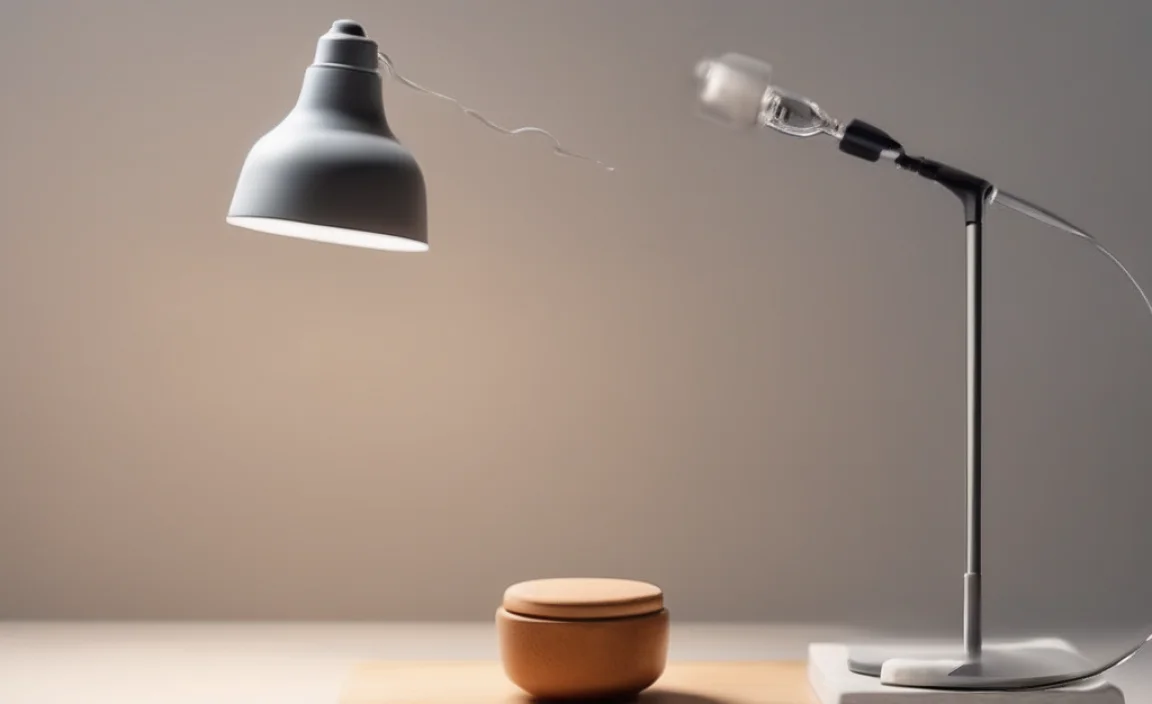
Light bulbs brighten our world, but their story is electric! Thomas Edison is famous for inventing the light bulb. But did you know other inventors worked on this idea, too? Edison’s bulb was special because it lasted longer. Before light bulbs, people used candles and lanterns. The light bulb changed everything, making nights brighter and safer. It turned darkness into light, leading to amazing inventions.
- Thomas Edison is famous for the light bulb.
- Other inventors also worked on it.
- Edison’s bulb lasted longer.
- Before bulbs, people used candles.
- Light bulbs made nights safer.
Light bulbs are more than just a source of light. They represent human creativity and persistence. Edison’s bulb was a bright idea that illuminated the world. It paved the way for more inventions and changed how we live. Light bulbs are everyday objects with a bright history. They shine light on the power of invention.
Fun Fact: The world’s longest-lasting light bulb has been burning since 1901!
Discovering the Magic of Velcro
Velcro is a magical fastener with an amazing story. It was invented by a Swiss engineer named George de Mestral. He got the idea after noticing burrs sticking to his dog. Velcro consists of tiny hooks and loops, making it easy to use. It’s found in shoes, clothes, and even space suits! Velcro’s simplicity and strength make it incredibly useful. Who knew a walk in nature could lead to such a discovery?
- Velcro was invented by George de Mestral.
- Inspired by burrs sticking to his dog.
- Uses tiny hooks and loops.
- Found in shoes and clothes.
- Useful in space suits.
Velcro is a brilliant invention from a simple observation. Its design is both clever and practical. This fastener makes life easier, from shoes to space exploration. Velcro proves that inspiration can come from anywhere, even a walk with your dog. It’s one of those weird facts about everyday objects that shows the wonder of discovery.
Fun Fact: Velcro is used on the International Space Station!
| Object | Year Invented | Inventor | Interesting Fact |
|---|---|---|---|
| Door Knob | 19th Century | Unclear | Kills germs with brass |
| Toilet Paper | 6th Century | Unknown | Used leaves before |
| Paper Clip | 1890s | Johan Vaaler | Loop design holds papers |
| Velcro | 1940s | George de Mestral | Inspired by burrs |
Conclusion
Weird facts about everyday objects are hidden all around us. From door knobs to Velcro, each item has a story. These surprising histories make ordinary things fascinating. Next time you use something simple, think about its amazing past. Discovering these facts can turn the ordinary into something extraordinary!
FAQs
Question: What makes door knobs interesting?
Answer: Door knobs are often made of brass, which naturally kills germs. This surprising fact makes them more than just door handles. It’s one of those weird facts about everyday objects that keeps us healthier without us even realizing it.
Question: Why was Velcro invented?
Answer: Velcro was invented by George de Mestral. He was inspired by burrs sticking to his dog’s fur. This idea led to creating a useful fastener made of tiny hooks and loops, which is now found in shoes and even space suits.
Question: How did light bulbs change the world?
Answer: Light bulbs, especially Edison’s version, made nights brighter and safer. Before bulbs, people used candles and lanterns. The invention of the light bulb paved the way for many other technologies and changed how we live our daily lives.
Question: What is unique about paper clips?
Answer: Paper clips have a loop design that holds papers without damaging them. Invented in the 1890s, they replaced pins and are now a staple in offices and schools. Their simple yet effective design is what makes them unique and widely used.
Question: How did people manage before toilet paper?
Answer: Before toilet paper, people used various materials like leaves, corn cobs, and other natural items. Toilet paper was invented in China in the 6th century but only became widely used in the U.S. in the late 1800s, making hygiene more accessible.
Question: What are the benefits of using pencils with erasers?
Answer: Pencils with erasers allow easy corrections, helping with homework and art. Rubber erasers were invented by Joseph Priestley in 1770, replacing breadcrumbs that were used before. This made pencils more practical and helpful for learning and creativity.


